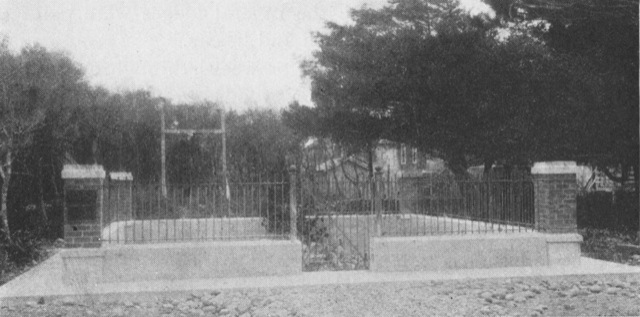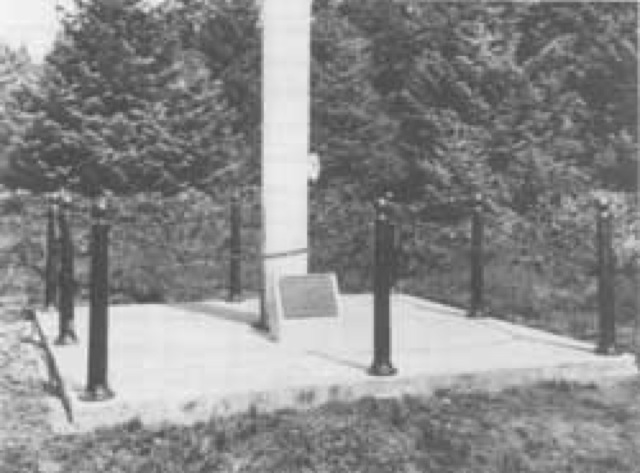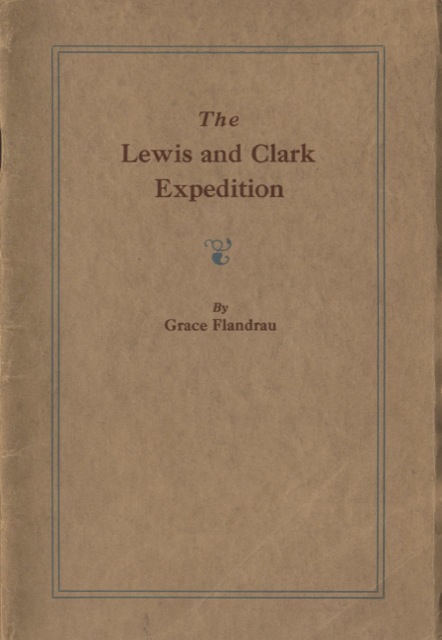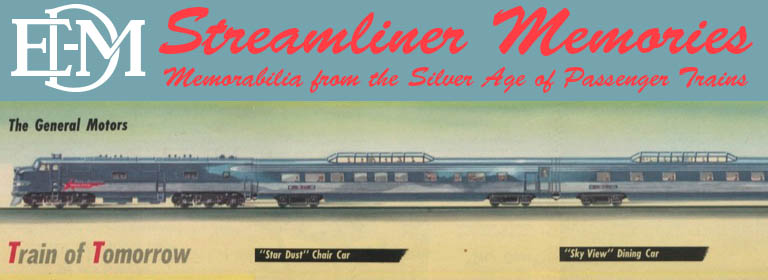In addition to the Spokane, Portland & Seattle Railway’s main line from Spokane to Portland, it also had a branch line from Portland down the Columbia River to Astoria. From Astoria, the line proceeded about 8 miles west toward the Pacific Ocean, and then continued 12 miles south along Clatsop Beach to the Seaside Hotel, which had been built by stagecoach magnate Ben Holladay in the early 1870s. In the 1920s, the fastest SP&S train covering the 119 miles from Portland to the Seaside Hotel (by then called Holladay on SP&S timetables) took 5 hours, while a local took 6-3/4 hours. Speeds weren’t an issue for the two trains of the Columbia River Special, which made the journey overnight.

Site of the Lewis & Clark salt works surrounded by a fence erected with funds donated by the Great Northern Railway. Notice the two plaques on the left pillar; the lower one has since been relocated to the right pillar. Photo taken from Flandrau’s Lewis & Clark Expedition.
On the morning of July 21, expedition members walked from the Holladay train station about a third of a mile to the beach, where members of the Lewis & Clark Expedition had spent the winter of 1805-1806 tending fires that boiled seawater to make salt. The salt works had been “discovered” in 1900 by the Oregon Historical Society with the help of an 86-year-old Indian woman who assured Society members that this was the spot where the salt was made. (But, according to an 1899 Oregonian, “There is no particular secret concerning the cairn, but its existence has never become generally known and only a few have ever visited it.”) To make the historic site more prominent, the Great Northern paid for a small fence around the area.
Local residents joined people from the two trains to hear speeches by Seaside Mayor R. G. Moss, who introduced Portland Mayor George Baker, who in turn introduced North Dakota Governor Sorlie. The main oratory of the day was provided by Oregon Historical Society President Frederick Holman, who spoke at length about Lewis & Clark’s experiences on the Oregon Coast.
After visiting the salt works, members of the expedition could choose from several alternatives. Some stayed in Seaside to play on the beach. Some played golf at the Astoria Country Club, which had been completed just two years before. Some went to Astoria to watch a “spirit of the West” parade.

The flag pole and marker on the site of Fort Clatsop. According to press reports of the day, funds for the monument were donated by Ralph Budd.
At 4:30 in the afternoon (no doubt after a round of golf), Ralph Budd, Frederick Holman, and several other members of the expedition visited the site of Fort Clatsop, about 15 miles from Seaside and three or four miles away from the closest SP&S rail line. Members of the Lewis & Clark Expedition had built the small fort in 1805; after they left, it remained in an increasingly dilapidated condition for several decades. In 1900, pioneer Carlos Shane had outlined the shape of the fort to Oregon Historical Society members; his description was later confirmed when a drawing of the fort by William Clark was published in 1904.
On behalf of the expedition, Ralph Budd donated the funds to erect a 90-foot flag pole and a brass marker on the site of the fort. The group dedicated this marker on the afternoon of July 21. That evening, the two trains returned to Astoria for the night.

Grace Flandrau’s The Lewis & Clark Expedition was 32 pages longer than her Glance at the Lewis & Clark Expedition, which had been published the year before. The newer version contains several more pages of text and many more photos, including photos of the WIshram monument and completed Astoria Column. Click image to download a 50-MB PDF of this booklet; if 50 MB is too much for you, click here for a 5.3-MB version that has somewhat lower resolution.
